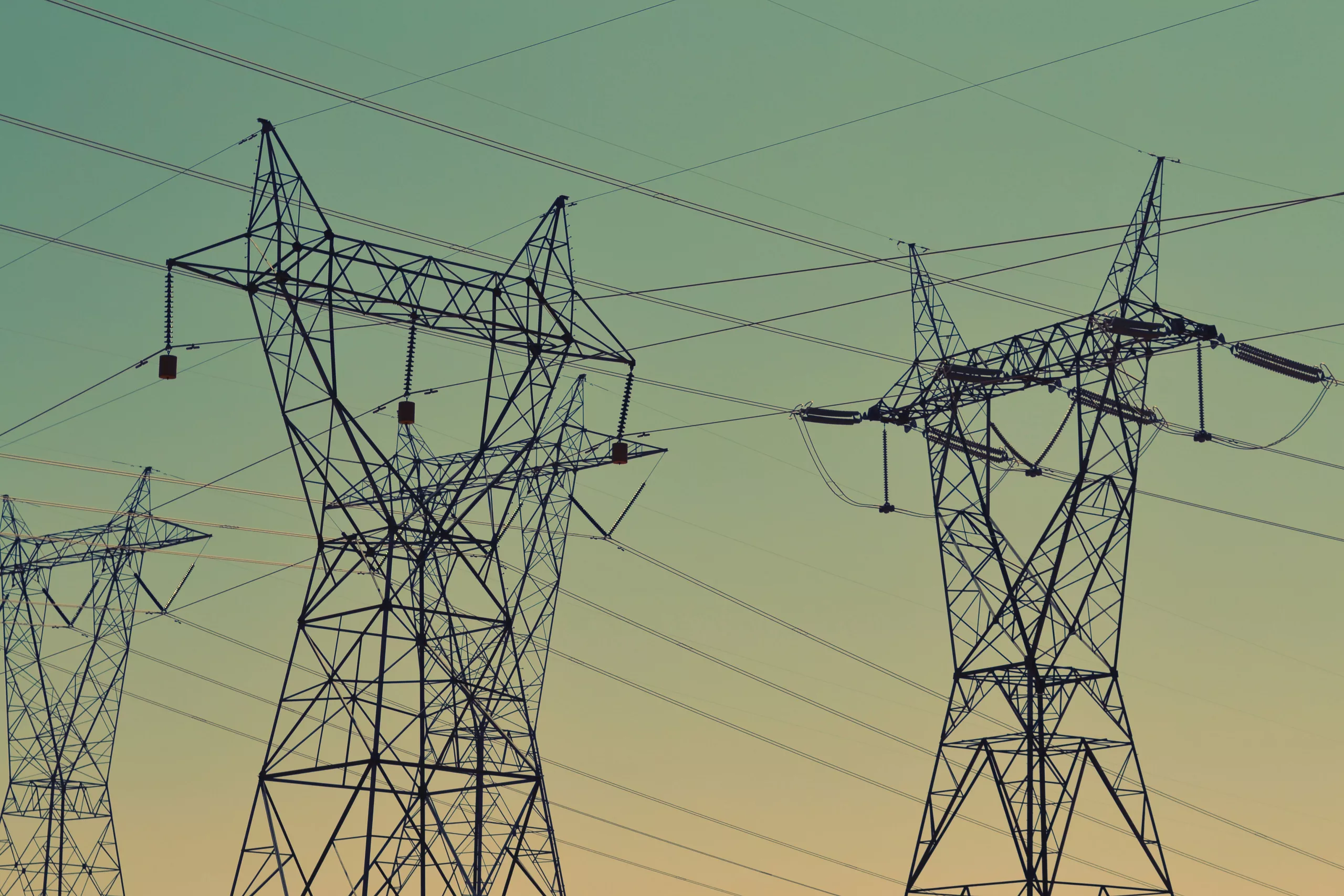In the quest to address one of the major challenges faced by utility companies, a Norwegian company named Heimdall Power has pioneered a unique solution with its sensor technology, dubbed the “Neuron” or more colloquially, the “magic ball.” This innovative device dramatically improves power transmission efficiency by real-time monitoring of high voltage power lines, with potential large-scale benefits for the industry.
How Does the Neuron Aid Power Transmission?
The Neuron, resembling and about as heavy as a bowling ball, clasps onto power lines and measures their temperature, which correlates with the power they carry. Heimdall Power’s device works autonomously, harvesting energy from the very lines it monitors. With this continuous stream of data, grid operators can push power lines closer to their maximum capacity— akin to strategically accelerating in a car to hit the speed limit without running the risk of a breach.
Traditionally, power companies have set seasonal limits devoid of real-time adaptability, leading to underutilization. But with a clearer understanding of a line’s thermal state, operators can now fine-tune the electricity flow to match current capabilities, maximising line usage safely.
The Uptake and Impact on Energy Transmission
Europe has embraced this technology, while the United States is catching up. Minnesota’s Great River Energy serves as an exemplar in the US by committing to the installation of 52 Heimdall Neurons to augment its network. This landmark decision came on the heels of a pilot program that delivered remarkable results, empowering lines to handle up to 42.8% more electricity.
Enhancing the capacity of existing lines can have significant implications, especially for renewable energy providers often hindered by transmission bottlenecks. With improved grid capacity, wind and solar installations, particularly in remote locations, may curtail power less frequently due to transmission constraints.
Let’s not forget the commercial allure of this technology. While new high voltage lines demand substantial time and capital investment, sensors like Heimdall’s offer a more economically viable alternative. Great River Energy’s sizable order underpins the escalating demand for such “grid enhancing technologies” in the US, mirroring the trends in Europe.
Barriers to Adoption in the United States
Despite the evident perks and increased presence in Europe, the “magic ball” remains less common in the US energy landscape. Skeptics point to the complexity and operational overhead of integrating such systems, but deeper financial structures may also play a role. The utility industry’s prevailing business model incentivizes construction and asset maintenance over cost-saving technologies, creating a divisions where innovation and financial imperatives may not always align.
Groups like the RMI argue that regulatory and grid management bodies should recalibrate these incentives to foster a more effective adoption of such technologies. Their reports suggest varied benefits depending on temporal factors like the time of day or year, highlighting the dynamic nature of electricity demand and transmission.
Environmental Conditions and Grid Capacity
Environmental factors substantially influence transmission capabilities; cooler air and stronger winds can enhance line performance. This intermittent nature underlines the importance of devices like Heimdall’s Neuron in providing operators with actionable intelligence to adapt in real-time.
Renewable energy operators, particularly wind and solar farms, stand to benefit significantly, as these technologies effectively clear pathways on the electric “highway,” allowing for increased flow of cleaner, cost-effective power and subsequently reducing the reliance on more expensive and environmentally detrimental sources.
Future Implications for Utility Consumers
Ultimately, grid-enhancing technologies hold the promise of more than just operational improvements; they carry the potential for consumer financial benefits. With the ability to integrate more renewable energy and optimize existing infrastructure, utility customers could see a decrease in electricity costs. This underpins a paradigm shift: rather than investing in new construction, maximizing current assets could be the smarter economic choice.
However, the dichotomy between regulatory structures and the prioritization of utility company profits remains a significant obstacle. Addressing these regulatory discrepancies could be key to unlocking the full potential of these technologies for a more efficient, economically sensible, and environmentally friendly power grid.
